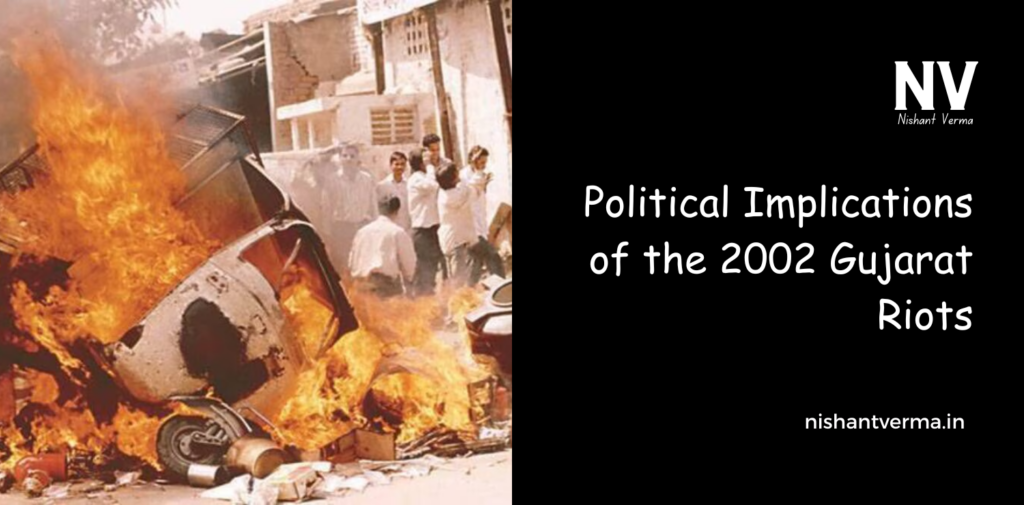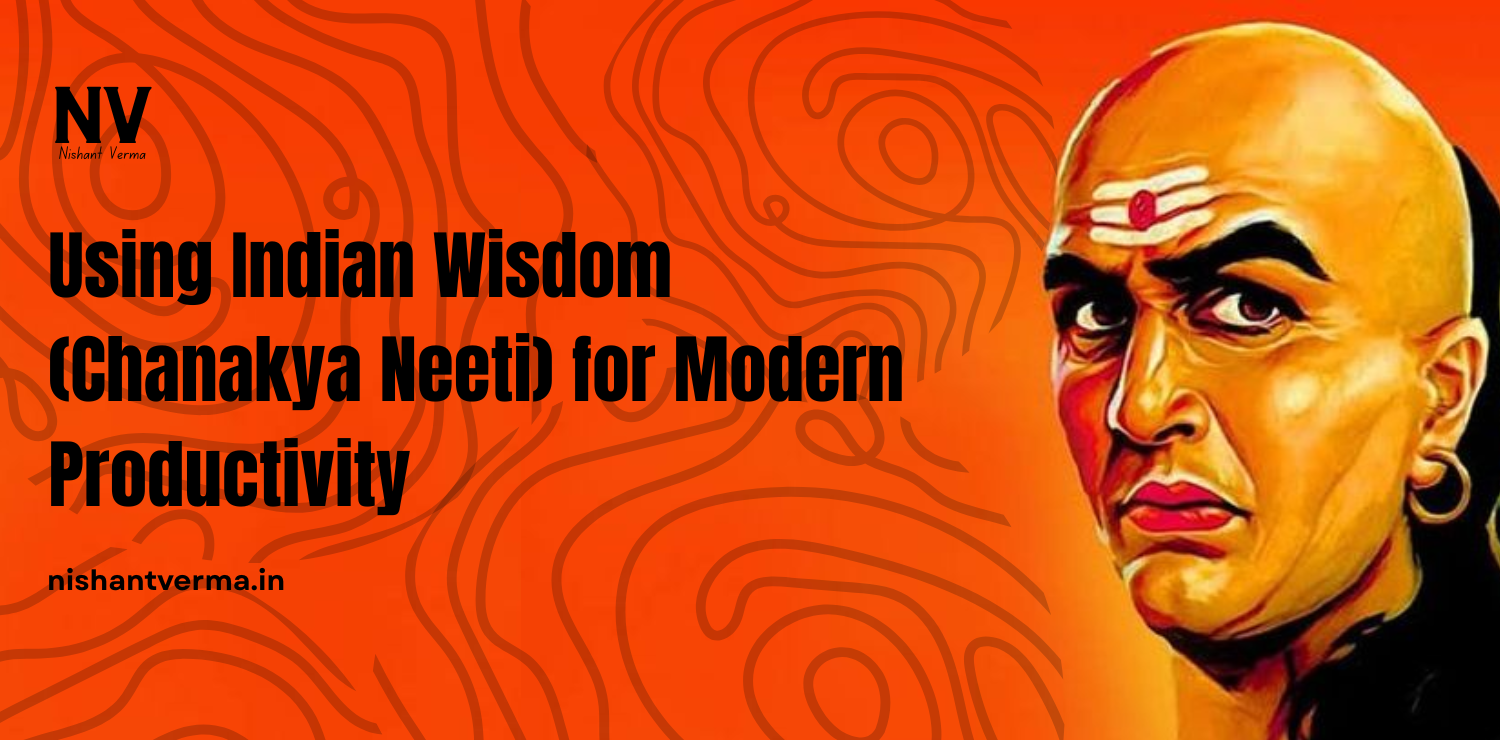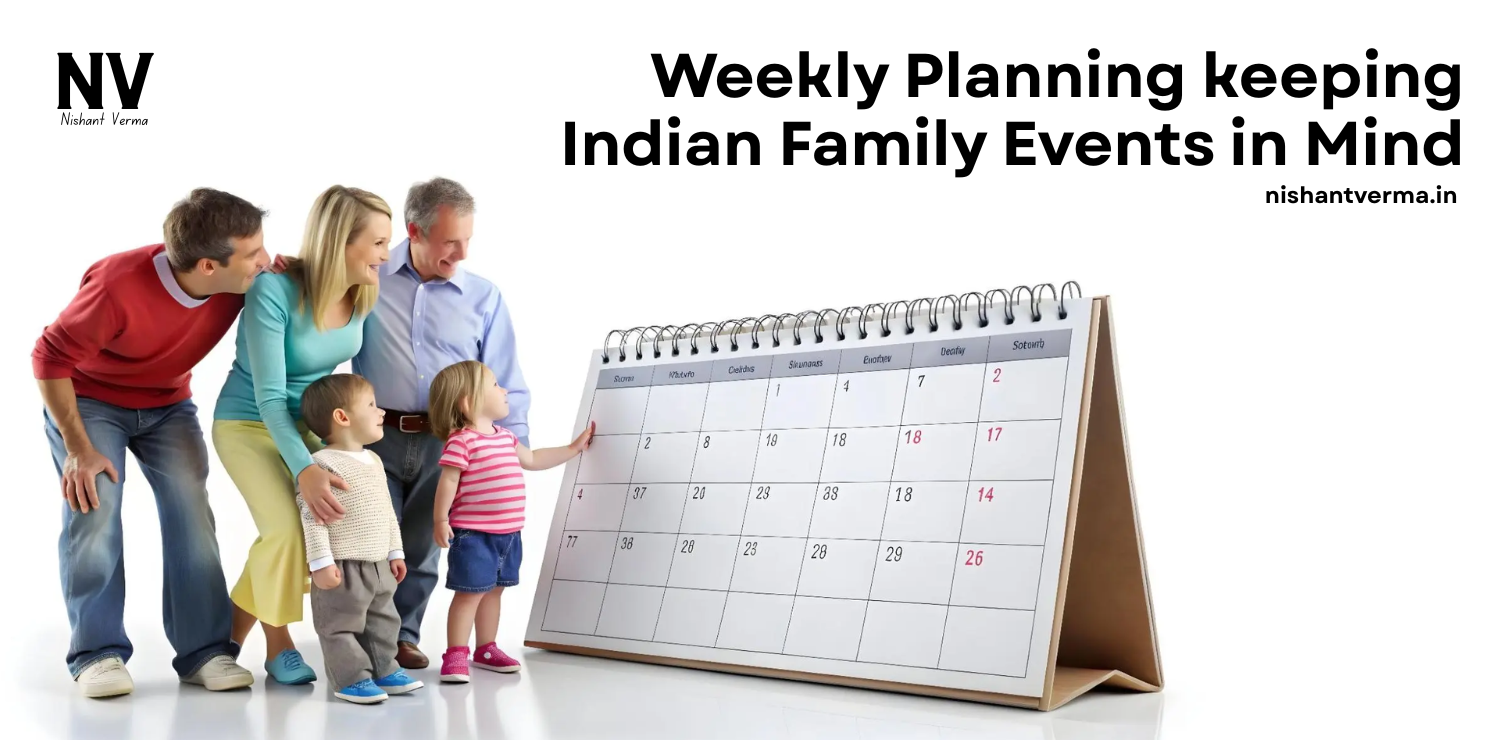In 2002, Gujarat, a state in western India, experienced one of the most tragic and violent events in its history: the Gujarat Riots. This event shocked the entire country and led to debates about politics, religion, and justice. The riots affected many lives and had deep political implications that are still felt today. In this article, we will explain what happened during the 2002 Gujarat Riots, why they were so important, and how they changed the political landscape of India.
What Were the Gujarat Riots?
The Gujarat Riots occurred in February and March of 2002. It began after a tragic incident on February 27, when a train called the Sabarmati Express was attacked by a mob in Godhra, a town in Gujarat. The train was carrying Hindu pilgrims returning from Ayodhya, a place sacred to Hindus. The attack on the train resulted in the deaths of 59 people, mostly women and children. This incident was seen as an act of terrorism and enraged many people in Gujarat, particularly Hindus.
In retaliation, large-scale violence broke out across the state of Gujarat. Hindu mobs targeted Muslim homes, businesses, and places of worship. The violence led to the deaths of more than 1,000 people, with most of the victims being Muslims. Many people were injured, and thousands were left homeless as their properties were destroyed. The violence was brutal and shocking, and it left deep scars on the state and the country.
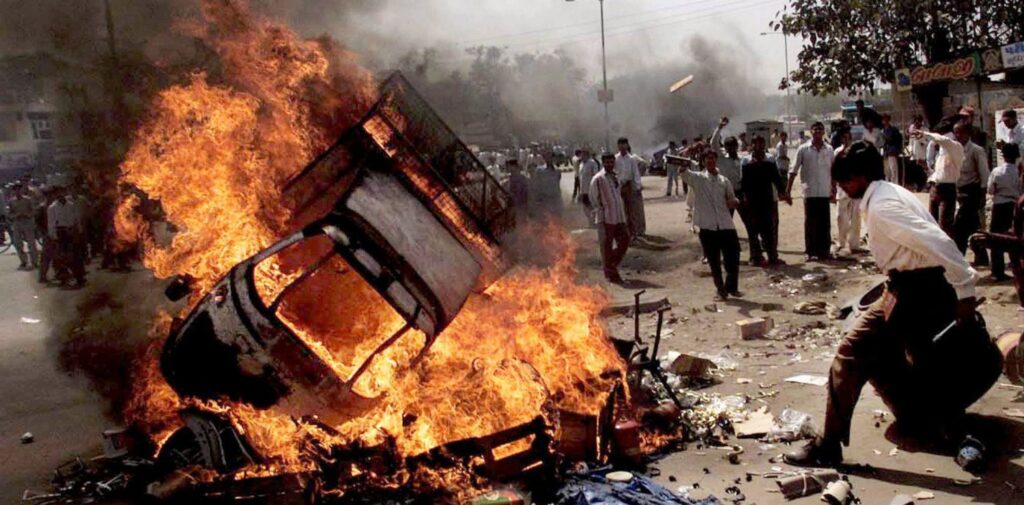
Why Did the Riots Happen?
The causes of the 2002 Gujarat Riots are complex, but several factors contributed to the violence. One key reason was the long-standing tension between the Hindu and Muslim communities in India. While India is a multi-religious country, there have been periods of conflict between different religious groups. The attack on the Sabarmati Express in Godhra acted as a trigger for the riots, but the underlying reasons for the violence were much deeper.
At the time of the riots, the political climate in Gujarat was also charged with strong religious emotions. The Bharatiya Janata Party (BJP), a political party with strong ties to Hindu nationalist groups, was in power in Gujarat. The state’s Chief Minister at the time was Narendra Modi, who became a controversial figure in the aftermath of the riots. Many people believed that the state government did not do enough to stop the violence or protect the Muslim community, leading to criticism of the leadership.
The Role of Political Leaders
One of the most significant aspects of the 2002 Gujarat Riots was the role played by political leaders. Narendra Modi, who was the Chief Minister of Gujarat during the riots, became a central figure in the controversy. Modi and his government were accused of either allowing the violence to happen or not taking swift enough action to stop it. Many believed that the government did not do enough to prevent the attacks on the Muslim community and, in some cases, even supported the violence.
The violence was also used by political leaders to gain support among different communities. Some political leaders and organizations, especially from the Hindu nationalist side, used the riots to gain votes by portraying themselves as defenders of Hindu rights. This made the situation even more politically charged and led to more divisions between different religious communities.
On the other hand, leaders and organizations from the Muslim community, as well as human rights groups, demanded justice for the victims of the violence. They criticized the state government for not acting quickly enough to stop the killings and for allegedly turning a blind eye to the attacks on Muslims. This led to a divide in Indian politics, with some parties supporting Modi and others criticizing him and his government’s handling of the riots.
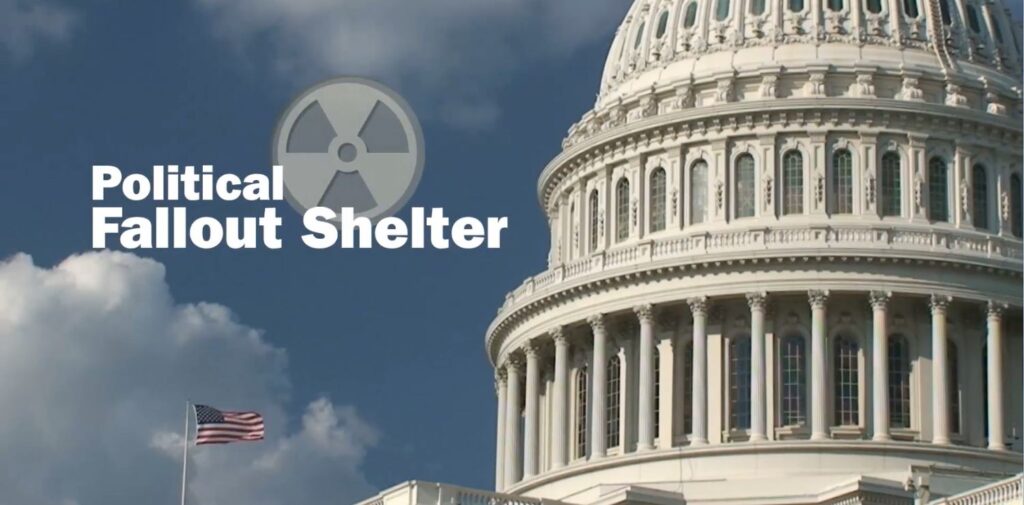
The Political Fallout
The political implications of the 2002 Gujarat Riots were far-reaching and affected the political landscape of India in many ways. Let’s look at some of the major consequences:
- Rise of Narendra Modi’s Political Career: Despite the controversies surrounding his role in the riots, Narendra Modi’s political career grew stronger after the violence. He remained in power as the Chief Minister of Gujarat for several more years. In 2014, Modi became the Prime Minister of India, leading the Bharatiya Janata Party (BJP) to a historic victory in the general elections. His rise to national power was partly due to his image as a strong and decisive leader, especially among many Hindus who supported him during the aftermath of the riots.
- Religious Polarization: The 2002 riots deepened the divisions between Hindus and Muslims in Gujarat and across India. The violence created an atmosphere of fear and distrust between the two communities, which lasted for years. The political parties that supported Modi and the BJP were seen as catering to Hindu nationalist sentiments, while parties that opposed Modi, like the Congress Party, were seen as defending Muslim rights.
- The Role of the BJP: The BJP, led by Narendra Modi, benefited politically from the riots in the sense that it was able to consolidate support among the Hindu population. The party’s narrative of promoting Hindu pride and nationalism gained popularity, especially in states where communal tensions already existed. The Gujarat Riots helped the BJP connect with a large section of Hindu voters, who believed that the party would protect their interests.
- International Reactions and Sanctions: The international community, especially Western countries, was critical of the Gujarat government’s handling of the riots. Some countries, like the United States and the United Kingdom, imposed travel bans on Narendra Modi and other leaders from the Gujarat government, accusing them of allowing the violence to happen. The international criticism put pressure on India’s political leadership, though it did not significantly harm Modi’s standing within India.
- Legal and Judicial Impact: The aftermath of the riots led to several legal and judicial battles. Many cases related to the violence were brought before the courts, but there were concerns about the fairness of the trials. Some victims and human rights organizations accused the legal system of being slow and biased, making it difficult for the victims of the violence to get justice. Over the years, some people were convicted for their roles in the violence, but the process was slow and controversial.
- Electoral Politics: The Gujarat Riots had an important influence on the electoral politics of the country. In Gujarat, the BJP was able to retain power for several years after the riots, even though its handling of the violence was heavily criticized. The riots also influenced national elections, with some political parties using the events to rally support from various communities. The political fallout from the riots remained a topic of debate in Indian politics for years.
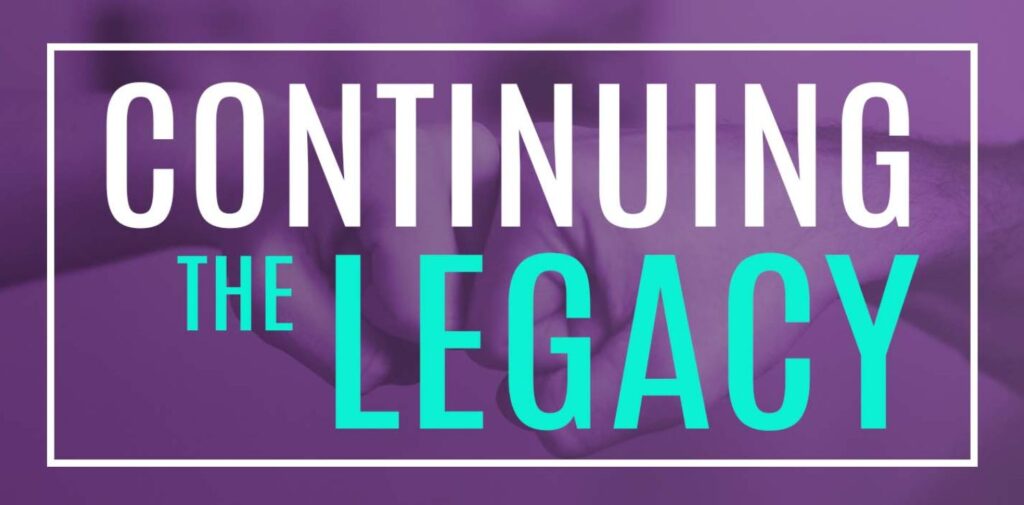
The Continuing Legacy
Even though the 2002 Gujarat Riots happened more than two decades ago, their impact is still felt today. The political implications of the riots continue to shape the way Indian politics operates, especially in relation to religious and communal issues. Narendra Modi’s rise to power and his role in the BJP is still linked to the events of 2002, and the debates around the riots have not faded away.
The Gujarat Riots also raised important questions about how political leaders should respond to violence and how justice should be served in such cases. The need for stronger laws, better protection for minorities, and greater efforts to promote peace and harmony between different communities remains a key challenge for India’s political leaders.
Conclusion
The 2002 Gujarat Riots were a dark chapter in India’s history, and their political implications are still being felt today. The riots not only caused immense loss of life and property but also had a lasting impact on the country’s politics. The role of political leaders, the rise of Narendra Modi, and the deepening of religious divisions all shaped the political landscape in India for years to come. As India moves forward, it is important for political leaders and citizens to work together to ensure that such violence is never repeated and that peace and harmony prevail in the country.

